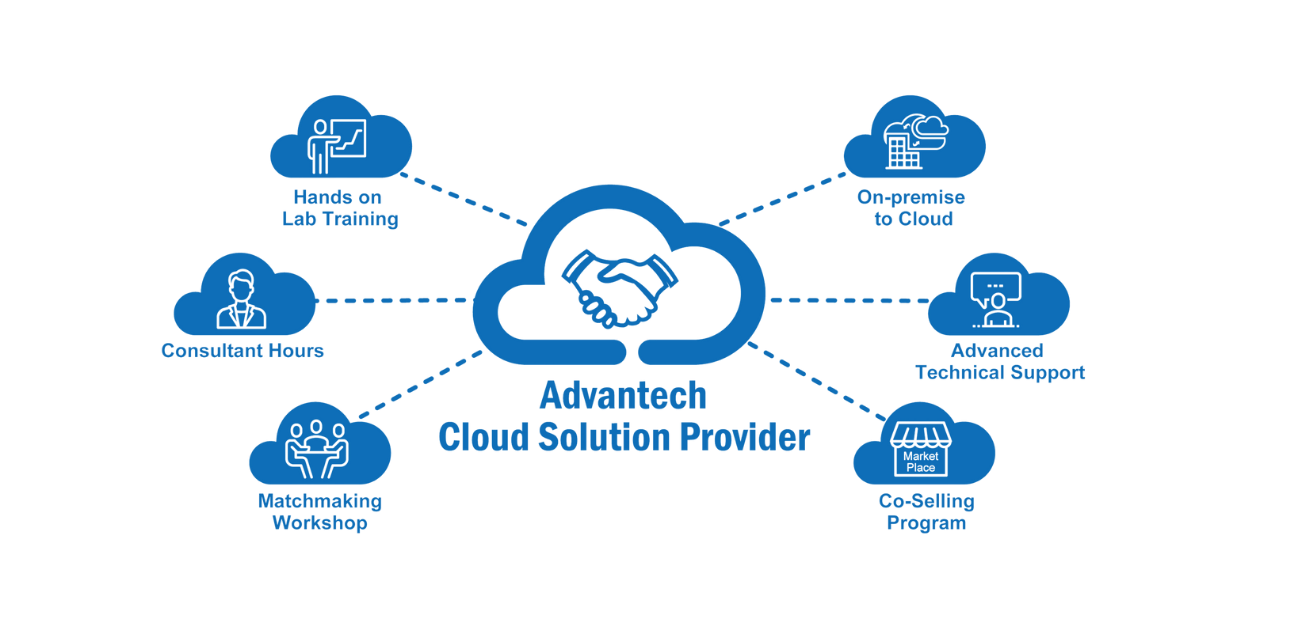Achieve Seamless Scalability With Cloud Services
In the ever-evolving landscape of cloud services, accomplishing smooth scalability stands as a foundation for modern organizations seeking to remain adaptable and affordable. The pursuit for seamless scalability with cloud services introduces a globe of possibilities for those ready to welcome the transformative power of dynamic resource administration.
Advantages of Cloud Scalability
Cloud scalability provides companies the adaptability to dynamically adjust resources based upon demand, making sure optimum performance and expense performance. One key advantage is the ability to range resources up or down promptly in reaction to changing work. This dexterity allows businesses to meet changing customer demands without over-provisioning sources, eventually leading to set you back savings. Scalability also improves performance by guaranteeing that systems can handle raised traffic or workload without experiencing downtime or slowdowns. By efficiently designating sources, companies can keep high levels of performance throughout peak times without unnecessary expenses throughout quieter periods. Furthermore, cloud scalability promotes development and experimentation by permitting organizations to conveniently test originalities and range them as needed. This flexibility encourages a society of constant improvement and adaptation, enabling companies to remain affordable in a quickly developing market landscape. Ultimately, the advantages of cloud scalability expand past expense savings to encompass better efficiency, agility, and development.
Key Attributes for Scaling
Effective scaling in cloud solutions depends on vital functions that enable companies to adjust sources dynamically based on demand. One important attribute for scaling is flexibility, allowing sources to scale up or down in response to changing workloads. This makes sure that organizations can satisfy performance needs without over-provisioning resources. An additional key attribute is scalability, allowing systems to handle boosted workload by adding resources flawlessly. This function is essential for accommodating development without jeopardizing performance. Additionally, automation plays a vital function in scaling by automating the provisioning and de-provisioning of resources based on predefined policies. Automation reduces human intervention, enhances efficiency, and makes sure quick response to changing demands. Tracking and analytics tools are likewise crucial for scaling, providing insights into resource use, efficiency metrics, and possible traffic jams. These devices make it possible for organizations to maximize and make enlightened choices source allocation for effective scaling. In general, these essential functions collectively empower organizations to achieve seamless scalability in cloud services.
Applying Auto-Scaling Approaches
To effectively optimize source allocation and adjust to differing work, companies need to strategically apply auto-scaling approaches in their cloud services infrastructure. Auto-scaling permits systems to automatically readjust the number of visit this site calculate resources based upon real-time need. There are various auto-scaling strategies that organizations can use, such as predictive scaling, which makes use of historical information to forecast future source requirements, and responsive scaling, which reacts to current workload changes.

Finest Practices for Scalability
For companies intending to boost their scalability in cloud solutions, applying finest methods is essential for optimal efficiency and resource management. One secret best technique is making applications with a microservices architecture. This strategy breaks down applications right into smaller, independent services that can be released, upgraded, and scaled separately, enabling better versatility and scalability.
Another vital method is making use of containerization modern technology, such as Docker or Kubernetes. Containers allow the packaging of applications and their reliances into separated devices, making it much easier to scale components separately and deploy them constantly throughout different settings.
Furthermore, applying automated deployment and framework as code (IaC) can improve scalability initiatives (linkdaddy cloud services). Automation tools like Terraform or Ansible assistance in provisioning and managing sources effectively, lowering manual mistakes and making it possible for rapid scalability
Additionally, keeping an eye on efficiency metrics, setting up notifies, and performing normal capacity planning are essential methods to make sure aggressive scalability management. By adhering to these finest techniques, companies can achieve smooth scalability in their cloud solutions while optimizing performance and resource use.
Monitoring Performance Metrics
When evaluating the efficiency of cloud solutions scalability, very closely checking performance metrics is important for making sure optimal functionality and resource article source allocation. By continuously tracking key performance indicators (KPIs) such as response times, latency, source, and throughput application, organizations can gain valuable understandings into the health and efficiency of their cloud infrastructure. Monitoring efficiency metrics enables for the early detection of possible traffic jams or issues that could influence scalability, allowing positive measures to be required to address them before they rise.
Verdict
In verdict, attaining smooth scalability with cloud services is necessary for companies to enhance performance, enhance innovation, and keep high performance levels throughout peak times. By leveraging the benefits of cloud scalability, executing auto-scaling strategies, making use of crucial functions such as elasticity and automation, and adhering to finest methods like application design and efficiency tracking, businesses can successfully scale their systems while making the most of source use and performance.
The pursuit for seamless scalability with cloud solutions reveals a world of opportunities for those willing to welcome the transformative power of dynamic source management.
Cloud scalability supplies organizations the adaptability to dynamically change sources based on demand, making certain ideal efficiency and cost performance. One more vital function is scalability, making it possible for systems to deal with raised workload by including resources flawlessly.For organizations intending to boost their scalability in cloud services, applying finest practices is critical for ideal performance and resource management.When analyzing the efficiency of cloud services scalability, very closely keeping an eye on performance metrics is imperative for making certain optimum performance and resource allocation.